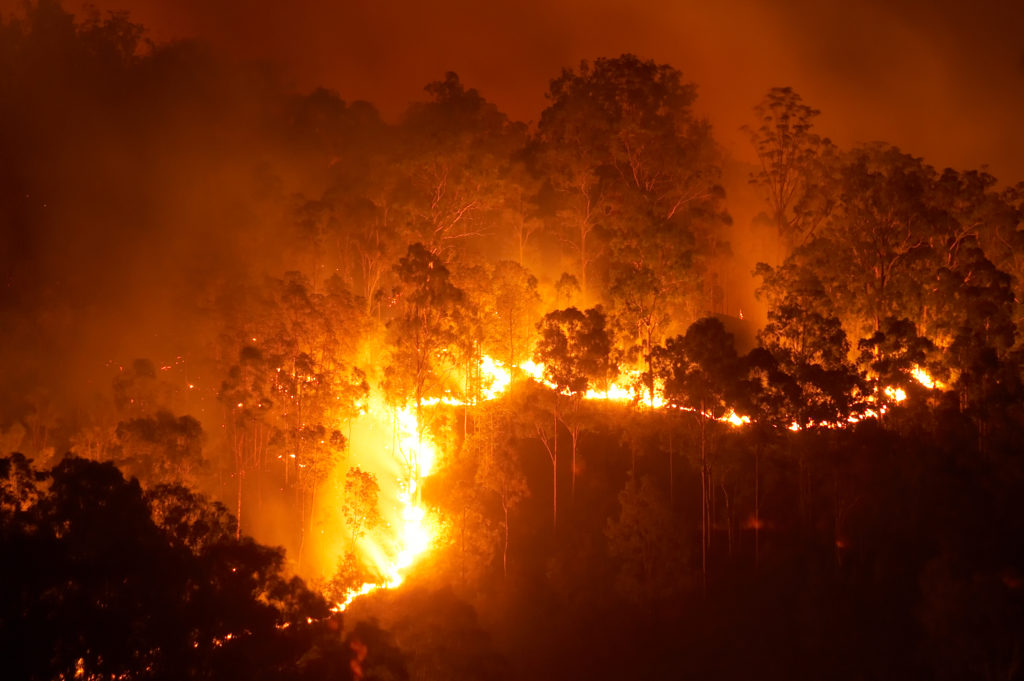Debunking BAL Reports: An Overview to Recognizing Your Property's Bushfire Risk
Ensuring Shrub Fire Security Through Correct BAL Report Analysis
In the realm of bush fire defense, the careful analysis of Bushfire Assault Level (BAL) records stands as a keystone for guarding homes versus the disastrous effect of wildfires. With ecological elements and residential property attributes playing significant functions in determining the degree of risk, a detailed understanding of BAL rankings ends up being important.
Comprehending Bushfire Strike Level (BAL)
In the realm of bushfire protection, comprehending the Bushfire Assault Degree (BAL) is paramount for ensuring reliable mitigation approaches. BAL is a system made use of to determine the prospective risk a structure may encounter from a bushfire. It thinks about aspects such as the kind of plants, the slope of the land, the Fire Danger Index, and the Fire Seriousness Index. Comprehending the BAL rating of a residential property is vital for property policymakers, owners, and contractors to carry out ideal measures to protect versus bushfire risks.

Significance of BAL Report Analysis
An essential aspect in bushfire defense planning involves the complete evaluation of BAL records to assess the prospective dangers and figure out ideal reduction approaches. BAL reports supply crucial info concerning the potential influence of bushfires on a building based upon different factors such as vegetation type, distance to prospective fire hazards, and incline of the land. Assessing these records with precision is extremely important in establishing reliable bushfire defense steps tailored to the specific danger profile of a property.
Implementing Fire Defense Steps
Executing reliable fire security steps is vital for protecting homes in bushfire-prone locations. This involves clearing flammable greenery, such as dry leaves and branches, within a certain radius of the property.
Furthermore, having a appropriate and properly maintained water, such as a container or swimming pool, can aid firemans in their initiatives to shield the residential or commercial property. It is essential to have a clear emptying strategy in position and to make certain that all residents know with the treatments. Additionally, having firefighting devices easily offered, such as hose pipes and fire extinguishers, can aid in dealing with tiny place fires before they intensify. Generally, implementing a mix of these fire security actions can dramatically increase the possibilities of securing buildings during bushfire occasions.
Mitigating Dangers in Fire-Prone Locations
To strengthen buildings against bushfire risks, a critical focus on mitigating risks in fire-prone locations is critical. One vital facet of risk reduction is maintaining defensible area around buildings by removing flammable plant life, making sure ample spacing in between trees and structures, and employing fire-resistant landscaping techniques.
In addition, creating or retrofitting buildings with fire-resistant products and guaranteeing correct upkeep of roofings, rain gutters, and external cladding can considerably enhance the home's resilience to bushfires. Developing and exercising a bushfire emergency situation plan with all occupants, including evacuation treatments and communication strategies, is additionally important in mitigating risks properly. By taking on an aggressive technique to take the chance of mitigation in fire-prone areas, residential property proprietors anchor can better protect their properties and enhance total bushfire preparedness.
Ensuring Residential Property Safety And Security and Resilience
Making sure the safety and durability of properties in fire-prone areas requires an unfaltering dedication to durable precautionary measures and tactical planning. Residential or commercial property safety and security starts with carrying out reliable procedures to reduce fire hazards. This includes maintaining a defensible room around the building by getting rid of combustible plants, making sure proper maintenance of seamless gutters and roofs, and using fireproof structure products. Regular upkeep of firefighting equipment, such as hose pipes and lawn sprinkler, is additionally crucial to home strength.
Resilience, on the other hand, involves the ability of a residential or commercial property to recoup and hold up against from a bushfire. learn this here now This can be enhanced through the installation of coal guards on windows and vents, making sure that access points for embers are decreased. In addition, having a well-thought-out emptying plan and practicing it consistently can significantly enhance residential or commercial property strength. Working together with neighbors and local fire authorities can additionally reinforce the safety and strength of residential or commercial properties in fire-prone locations. By proactively attending to these aspects, homeowner can better shield their possessions and enjoyed ones from the danger of bushfires.
Verdict
To conclude, making sure bushfire security through proper BAL report analysis is vital for comprehending the level of danger presented by bushfires and great site carrying out necessary fire security measures. By minimizing risks in fire-prone areas and making certain home security and resilience, communities and individuals can much better plan for and react to bushfire occasions. It is necessary to prioritize fire precaution to shield lives and residential property in these high-risk settings.
In the realm of bush fire defense, the careful analysis of Bushfire Attack Degree (BAL) reports stands as a keystone for guarding properties versus the damaging effect of wildfires (BAL Report). Recognizing the BAL ranking of a residential property is important for building owners, policymakers, and building contractors to implement proper actions to secure against bushfire threats

BAL reports supply essential details concerning the potential impact of bushfires on a residential or commercial property based on various elements such as vegetation kind, range to potential fire hazards, and incline of the land (BAL Report). In general, carrying out a combination of these fire protection steps can considerably increase the possibilities of guarding homes during bushfire events